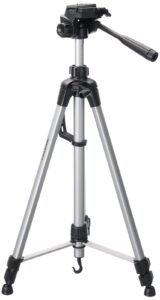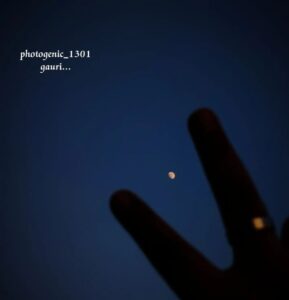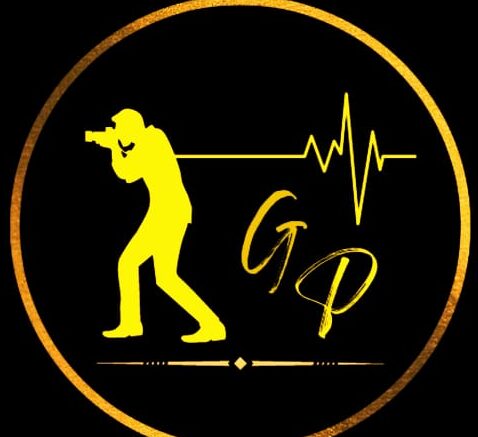MOON PHOTOGRAPY

Capturing the Enigmatic Beauty: The Art of Moon Photography
The moon, with its ethereal glow, has fascinated and mesmerized humans for centuries. It holds a mystical allure that transcends borders, cultures, and time. Its silvery surface, craters, and ever-changing phases have inspired countless poets, artists, and dreamers. Today, with advancements in technology and photography, capturing the enigmatic beauty of the moon has become more accessible than ever before.
Moon photography is a challenging yet rewarding pursuit. It requires patience, planning, and a deep appreciation for the celestial wonders of the night sky. With the right techniques, equipment, and a little bit of luck, photographers can create stunning and evocative images that transport viewers into the realm of the moon.
One of the first considerations when delving into moon photography is the phase of the moon. The moon’s appearance goes through a cycle of waxing and waning, resulting in various stages from a thin crescent to a full moon. Each phase offers unique opportunities for capturing different moods and atmospheres. The new moon phase, for example, when the moon appears completely dark, allows for stunning shots of starry night skies or landscapes illuminated solely by distant city lights.

The techniques of capturing the moon photography
To capture the moon’s intricate details, a telephoto lens is essential. The longer the focal length, the closer the moon will appear in the frame. A 200mm to 300mm lens is a good starting point, but for even more magnification, a 500mm or even a telescope attachment can be used. However, it’s important to stabilize the camera with a tripod or other support to avoid shake and blur caused by the moon’s subtle movements.

The moon’s brightness can sometimes be a challenge for photographers. Its surface reflects sunlight, making it a high-contrast subject against the dark sky. To achieve a well-exposed photograph, it’s crucial to adjust the camera’s settings accordingly. Manual mode is recommended, as it allows full control over the exposure triangle: aperture, shutter speed, and ISO.
Aperture controls the amount of light entering the camera. A smaller aperture, such as f/11 or f/16, is generally used to ensure sharpness and depth of field. However, the moon is a bright subject, so the aperture can be adjusted accordingly to prevent overexposure.
Shutter speed determines the length of time the camera’s sensor is exposed to light. For moon photography, faster shutter speeds are preferred to capture the moon’s crisp details without motion blur. A good starting point is around 1/125th of a second, and adjustments can be made based on the brightness of the moon and desired effect.
 ISO, the sensitivity of the camera’s sensor to light, should be kept as low as possible, usually around ISO 100-400 for optimal image quality. Higher ISO values introduce noise, reducing the clarity and sharpness of the photograph. However, if a faster shutter speed is necessary, raising the ISO may be required.
ISO, the sensitivity of the camera’s sensor to light, should be kept as low as possible, usually around ISO 100-400 for optimal image quality. Higher ISO values introduce noise, reducing the clarity and sharpness of the photograph. However, if a faster shutter speed is necessary, raising the ISO may be required.
Another consideration in moon photography is the composition. While the moon is undoubtedly a captivating subject, incorporating other elements can enhance the visual impact of the photograph. Including a landscape or a prominent foreground object, such as a tree or a building, provides a sense of scale and context, making the image more dynamic and engaging. Planning and scouting locations beforehand can help identify interesting compositions and vantage points.
Timing is crucial in moon photography. Determining the moonrise and moonset times, as well as its position in the sky, can greatly influence the mood and composition of the photograph. Various websites and smartphone apps provide accurate information about lunar phases and celestial events, such as eclipses or supermoons, which are particularly dramatic and captivati…
Moon photography, also known as lunar photography, is the process of capturing images of the moon using a camera. It requires careful planning, knowledge of camera settings, and some specific equipment.
To start with, it is recommended to use a digital single-lens reflex (DSLR) or a mirrorless camera because they allow for manual control over settings. The most important accessory for moon photography is a telephoto lens, preferably with a focal length of 200mm or longer. This will allow you to get a closer view of the moon and capture its details.
When setting up the camera, it is crucial to use a tripod or a stable surface to avoid any camera shake. The camera should be set to manual mode, and settings such as aperture, shutter speed, and ISO need to be properly adjusted. A narrow aperture, such as f/11 or smaller, is recommended to ensure sharpness throughout the image. Shutter speed should be fast enough, around 1/100th of a second, to prevent any blurriness caused by the moon’s movement. As for ISO, it is best to keep it as low as possible, typically around 100 or 200, to avoid noise in the image.
Timing is crucial in moon photography. It is advisable to capture the moon when it is in its waxing or waning phase, as the shadows created by the sun will enhance the moon’s features. Additionally, shooting during the golden hour or blue hour can add a beautiful and dramatic effect to the photograph.
 Post-processing is also important to enhance the image. Basic adjustments like cropping, noise reduction, and contrast can be done using software like Adobe Lightroom or Photoshop.
Post-processing is also important to enhance the image. Basic adjustments like cropping, noise reduction, and contrast can be done using software like Adobe Lightroom or Photoshop.
In conclusion, moon photography is an artistic endeavor that requires technical knowledge, proper equipment, and careful planning. With the right techniques and practice, photographers can capture stunning and detailed images of the moon.
